Introduction
Few arcade games have left as indelible a mark on gaming history as the Pac-Man series. Since its debut in 1980, this franchise has evolved in innovative ways, blending addictive gameplay with groundbreaking mechanics. This article takes you on a chronological journey through the major Pac-Man arcade games, exploring how each installment expanded on the legacy of the original.
The Original Revolution: Pac-Man (1980)
The original Pac-Man, developed by Namco and released in 1980, revolutionized gaming with its simple yet addictive maze-chasing mechanics.
- Introduced iconic ghost characters: Blinky, Pinky, Inky, and Clyde.
- Focused on non-violent gameplay, appealing to a wide audience.
- Popularized power-ups with the Power Pellet mechanic.
- Cultural phenomenon: Spawned merchandise, an animated series, and countless imitators.
- Defined arcade gaming in the 1980s.
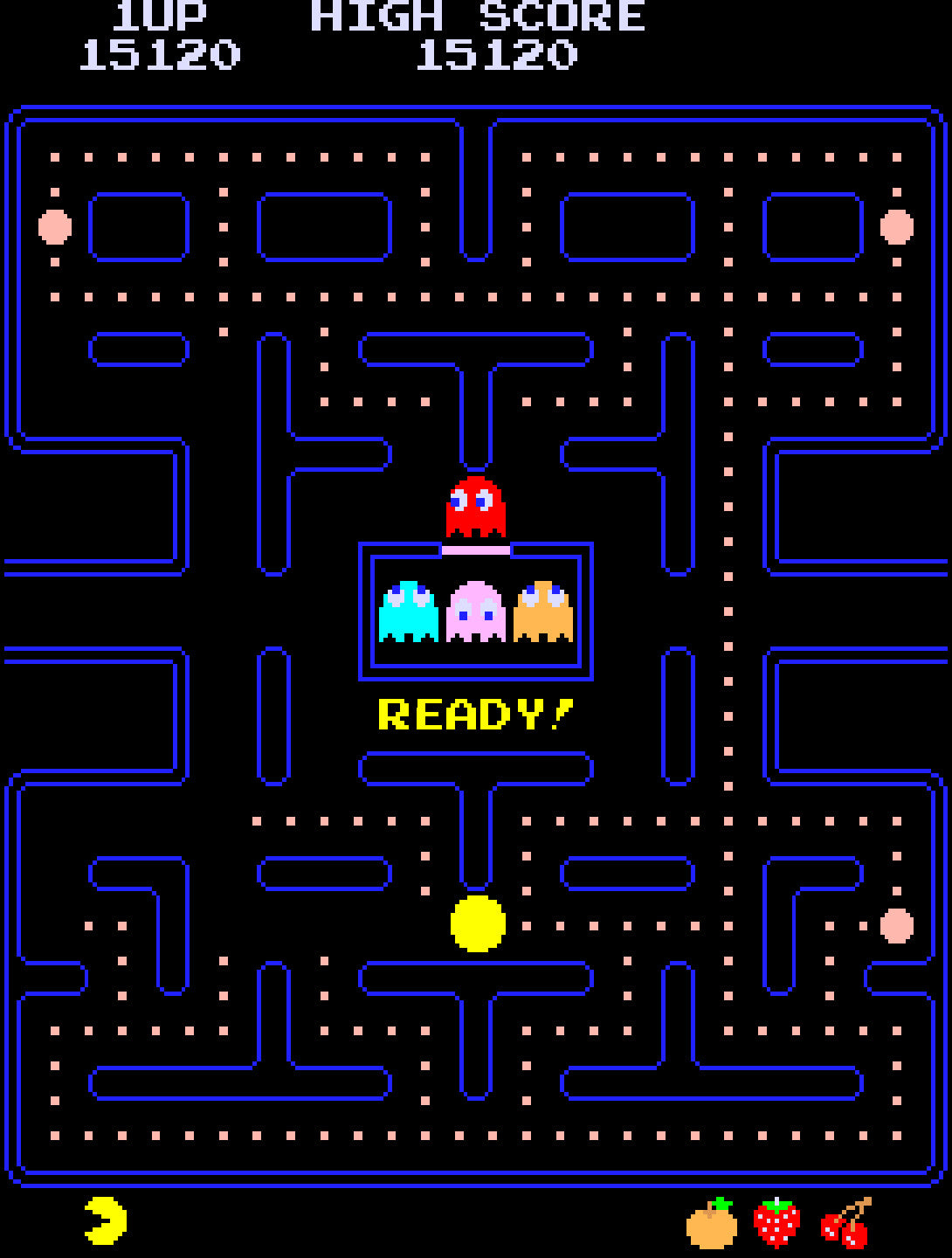
Ms. Pac-Man (1982): A Fresh Perspective
Developed by General Computer Corporation (GCC) and released by Midway, Ms. Pac-Man introduced new gameplay elements and cemented its place as a fan favorite.
- Multiple mazes with varying layouts.
- Smarter ghost AI for more challenging gameplay.
- Faster movement and new bonus items.
- First major arcade game featuring a female protagonist.
- Widely regarded as one of the best sequels in gaming history.
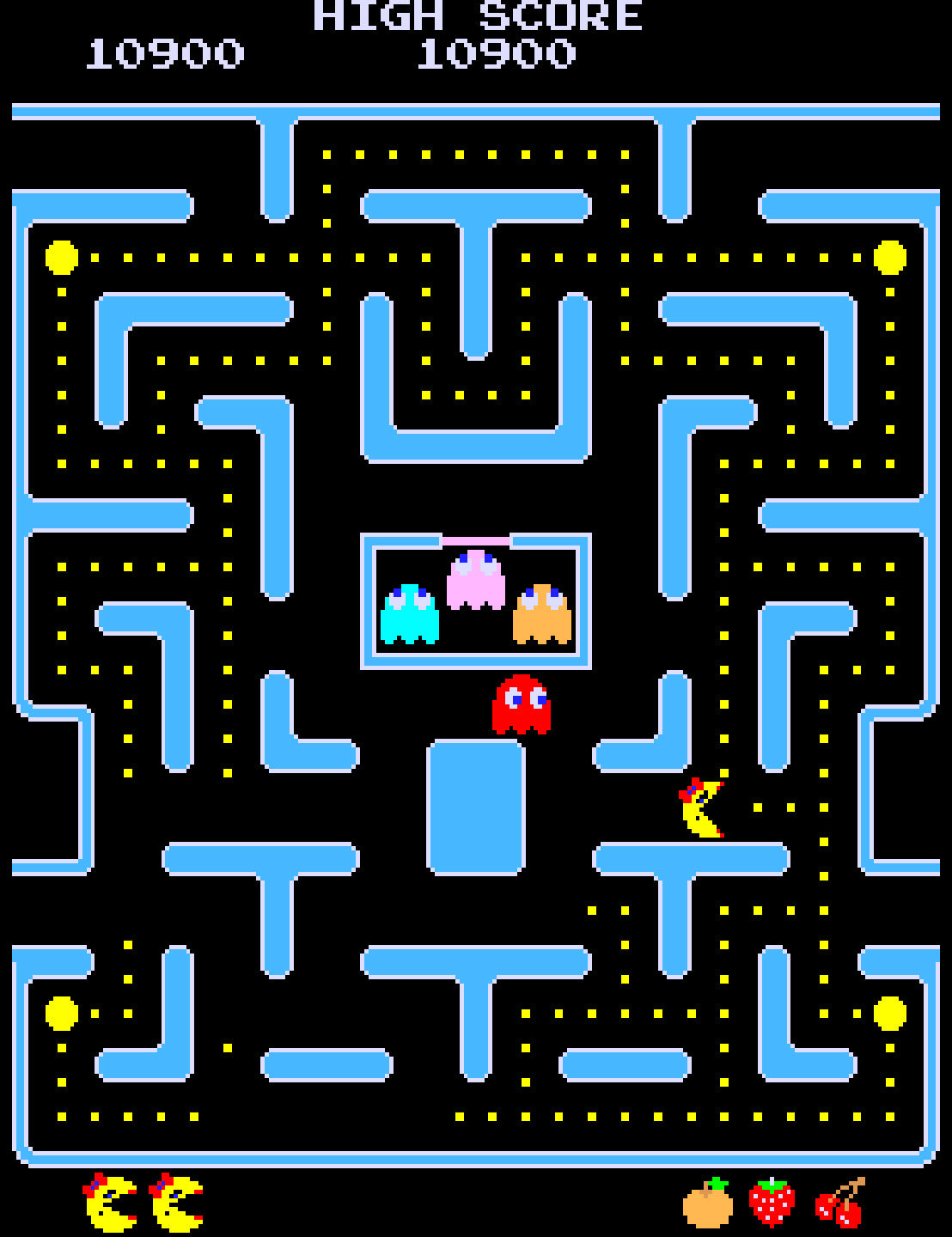
Super Pac-Man (1982): Power-Up Evolution
Namco’s Super Pac-Man added new mechanics that built on the original formula.
- Super Pellet: Transformed Pac-Man into a larger, faster version capable of breaking through locked gates.
- Keys introduced to unlock specific sections of the maze.
- Creativity praised, though less successful commercially.
- Significant departure from the basic maze formula.
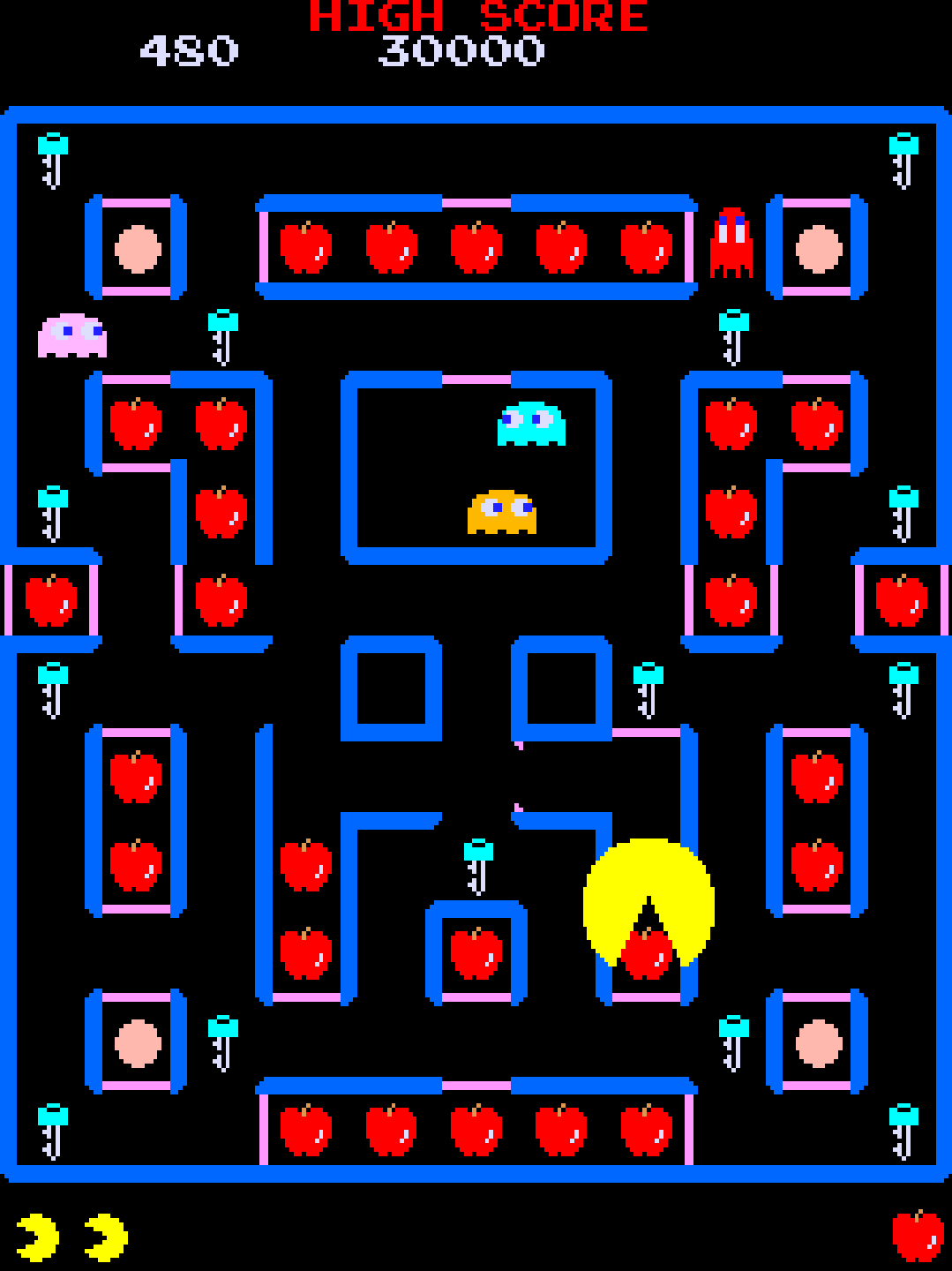
Pac-Man Plus (1982): A Quirky Challenge
This variation, developed by Bally Midway, offered a more challenging version of the original game.
- Power Pellets occasionally made ghosts invisible rather than edible.
- New bonus items included soda cans.
- Hard mode appeal for experienced players.
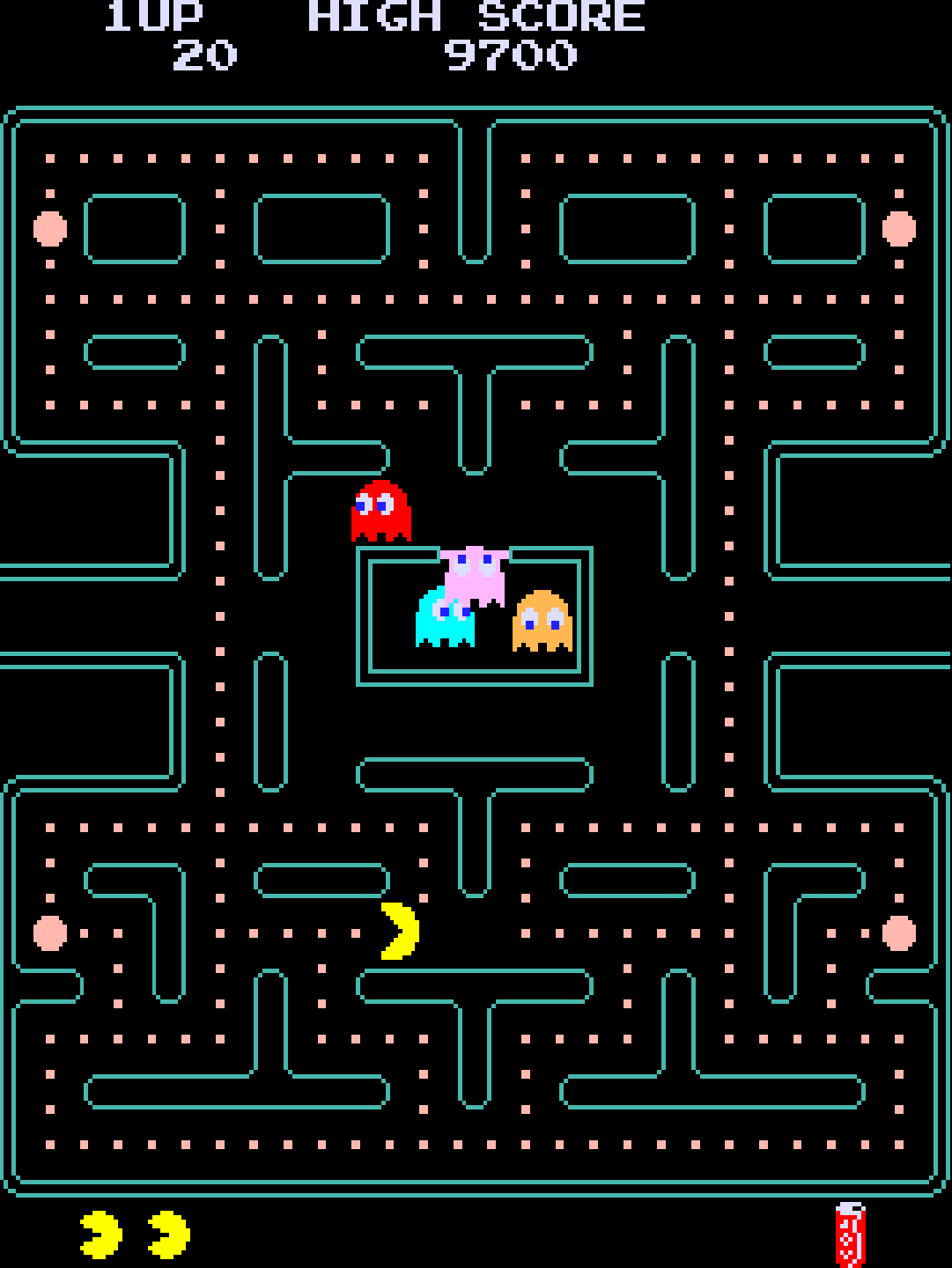
Jr. Pac-Man (1983): Expanding the Maze
Developed by Bally Midway, Jr. Pac-Man introduced larger mazes and dynamic mechanics.
- Horizontally scrolling mazes required strategic navigation.
- Bonus items grew in value but destroyed dots as they moved.
- Expanded gameplay scope with greater challenges.
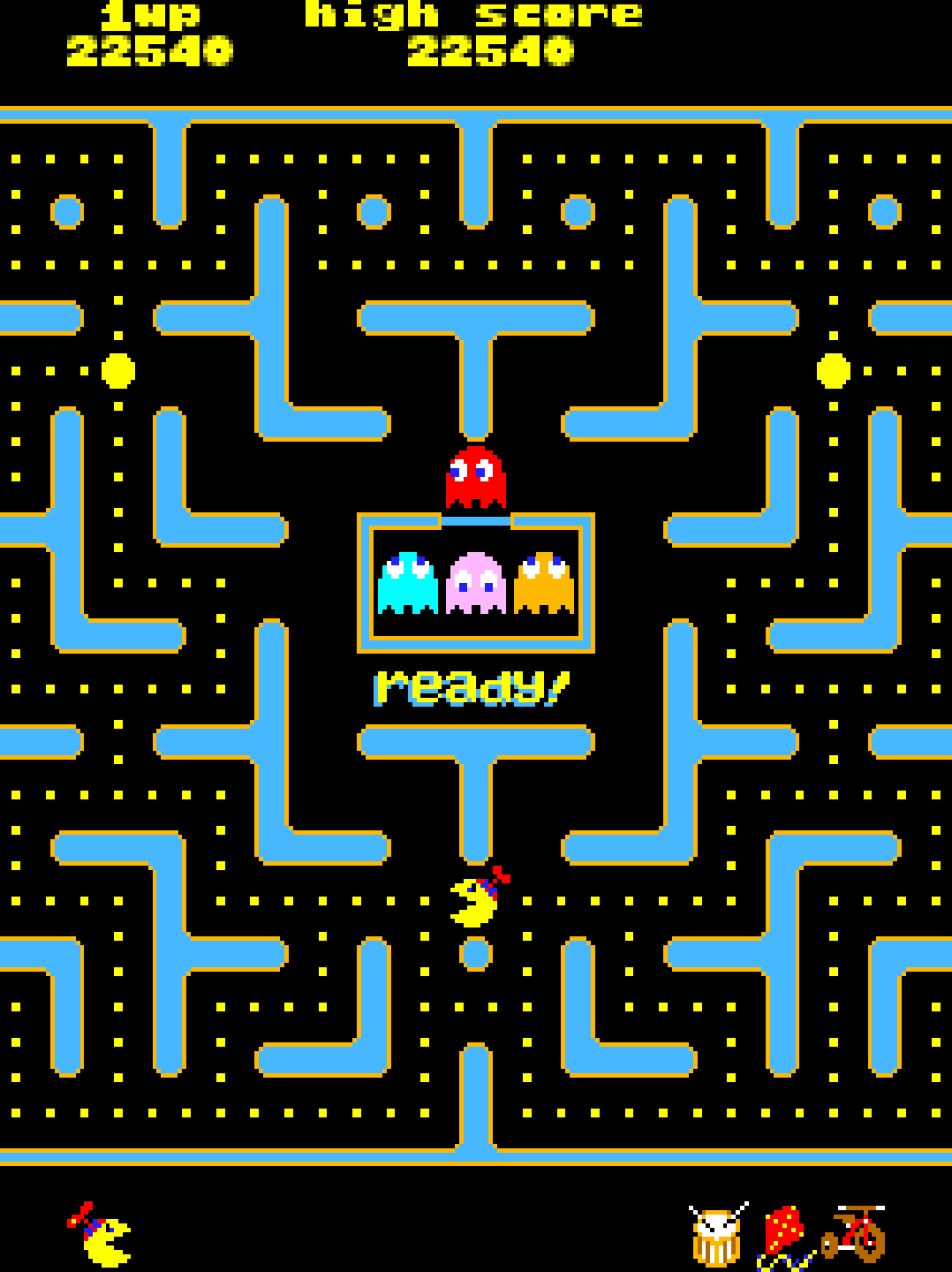
Pac-Land (1984): Side-Scrolling Innovation
Pac-Land broke from the maze formula entirely, introducing side-scrolling platformer gameplay.
- Bright, hand-drawn graphics inspired by the Pac-Man animated TV series.
- Linear levels with obstacles and hidden secrets.
- Precursor to modern platformers like Super Mario Bros..
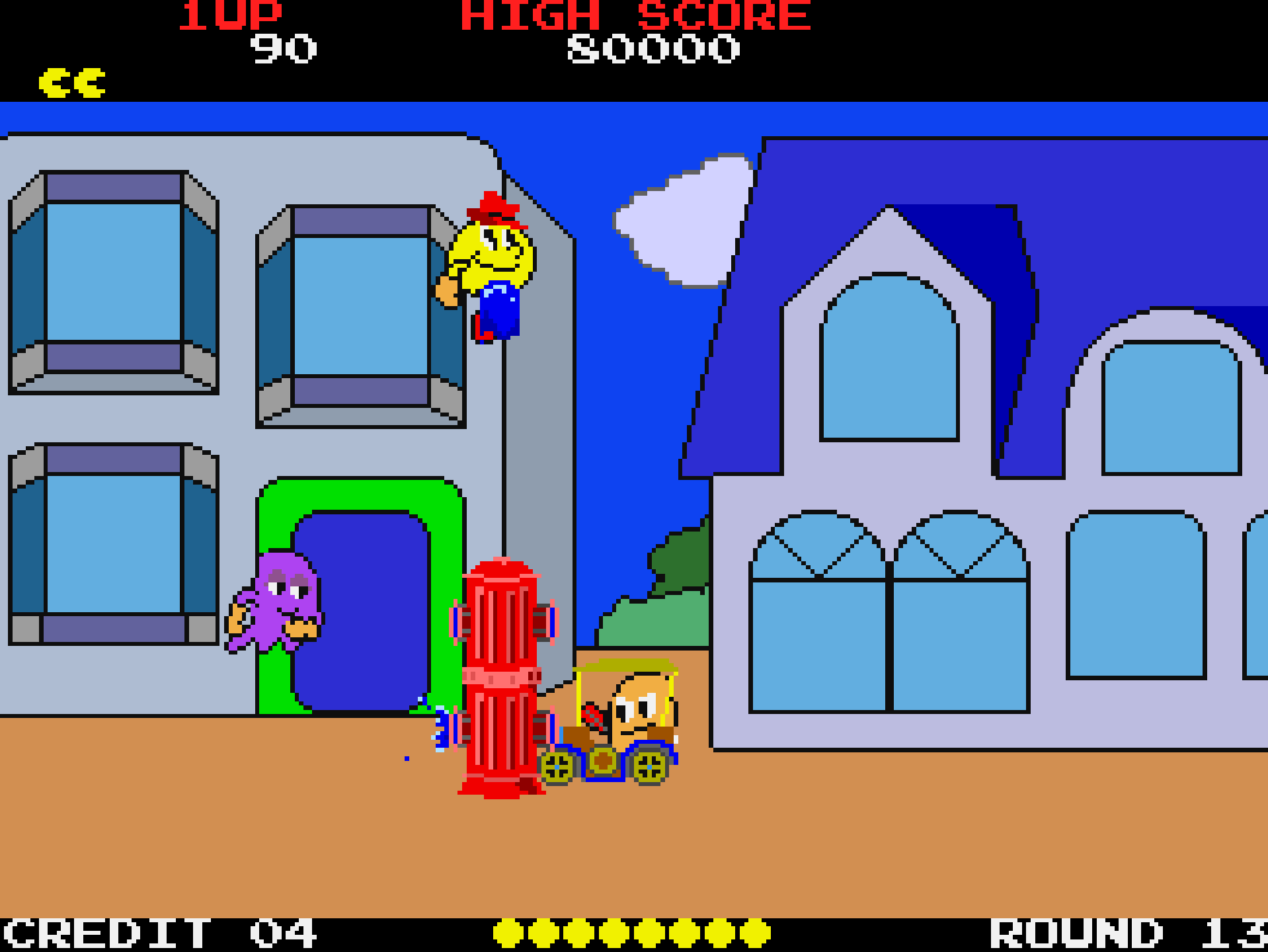
Pac-Mania (1987): A 3D Revolution
Pac-Mania introduced isometric 3D graphics, refreshing the franchise for the late 1980s.
- Isometric mazes provided a fresh perspective.
- Pac-Man’s jumping ability added a new gameplay dimension.
- Praised for graphical innovation and engaging gameplay.

Other Notable Titles
- Pac & Pal (1983): Introduced cooperative mechanics with a companion character.
- Baby Pac-Man (1982): A hybrid of arcade gameplay and pinball mechanics.
- Professor Pac-Man (1983): A quiz-based arcade game that diverged from traditional gameplay.
Fun Facts About Pac-Man Games
- Enduring Popularity: The original Pac-Man is one of the highest-grossing video games of all time.
- Cultural Icon: Pac-Man was the first video game character to gain widespread recognition outside gaming.
- Influence on Design: Games like Ms. Pac-Man introduced dynamic AI and multiple mazes, setting a new standard for arcade design.
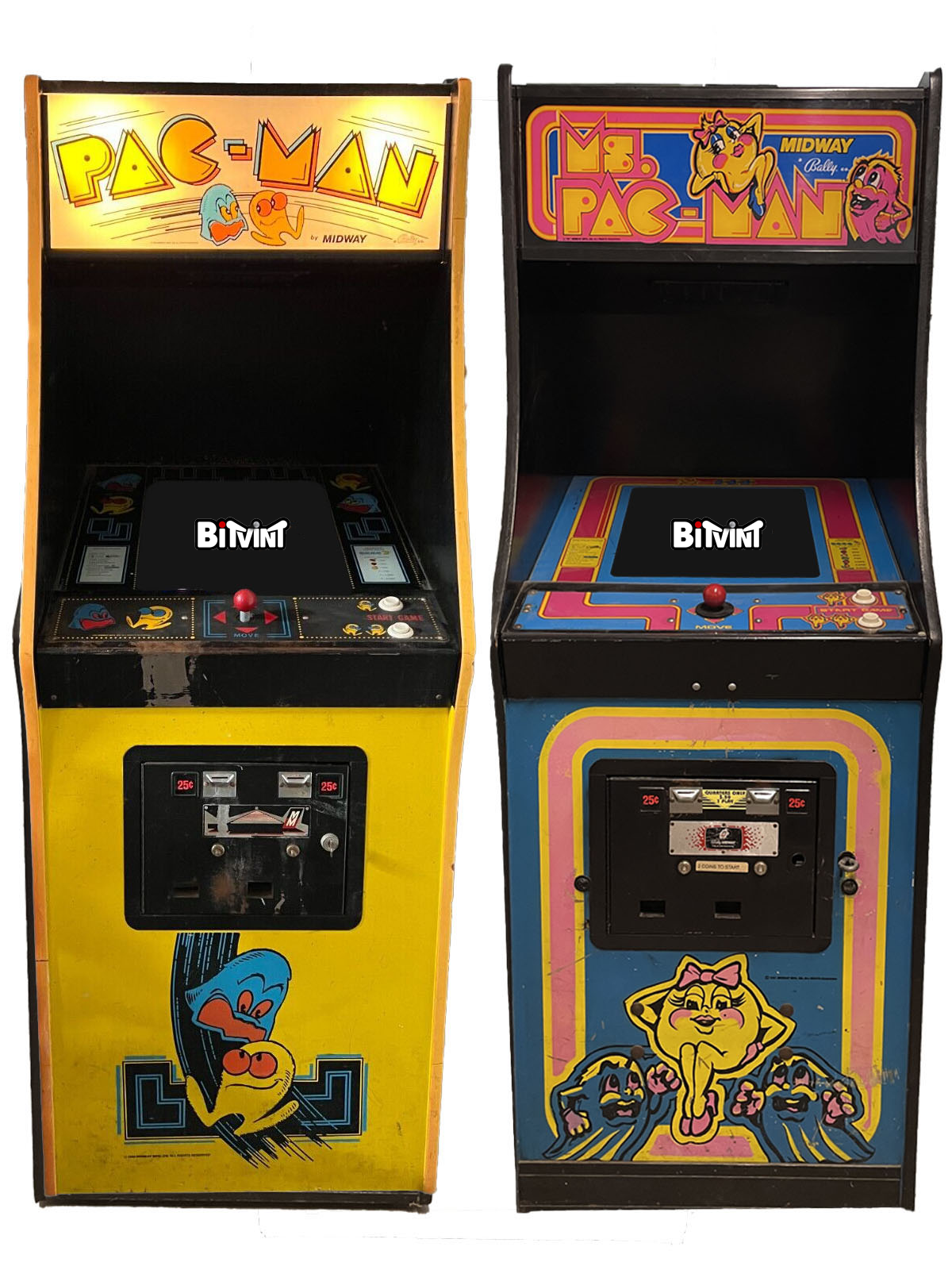
Conclusion
The Pac-Man franchise remains a cornerstone of arcade gaming history, continually evolving while staying true to its roots. From the groundbreaking maze-chasing gameplay of the original to innovative sequels like Pac-Land and Pac-Mania, each installment has contributed to the series’ enduring legacy. The games continue to captivate new generations, proving that Pac-Man’s appetite for adventure is as timeless as ever.
Want to Go Deeper Into Arcade History?
If this article left you craving more, dive into the complete stories behind some of the most iconic arcade genres and franchises. These articles explore the rise, innovation, and legacy of the games that shaped arcade culture:
- Donkey Kong’s Rise to Fame: How a Desperate Bet Created a Gaming Legend – The untold story of how Nintendo turned failure into a global icon, launching Mario, Miyamoto, and a new era of arcade storytelling
- What Makes an Arcade Game Great? – A deep dive into the design principles behind the most unforgettable cabinets of all time
- Inside the Metal Slug Legacy: The Developers Who Made It a Classic – How a small team at Nazca crafted one of the most iconic run-and-gun series of all time.
- The Complete History of Mortal Kombat Arcade – How a gritty fighter became a pop culture phenomenon.
- Capcom’s 19XX Series: The Complete History – The vertical shooters that defined a generation of arcade firepower.
- The History of Beat ’Em Up Arcade Games – From Double Dragon to Final Fight, here’s how brawlers ruled the late ’80s.
- The Complete History of Space Shooter Arcade Games – The genre that launched arcades into orbit.
- The King of Fighters Legacy: Inside SNK’s Genre-Defining Saga – How SNK’s 3v3 fighter evolved from a crossover gamble into one of the deepest and most beloved fighting franchises in the world.
- Defender: The Game That Changed Everything – How a risky bet and a radical vision helped redefine arcade design forever.

